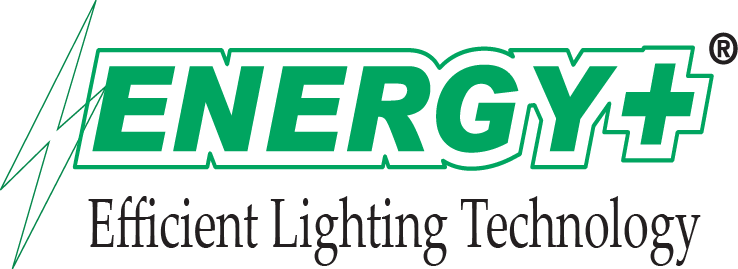Hot cloud storage is optimized to be extremely performant and infrequently provides features like high availability, durability, and scalability. It is often used for application storage, content material supply, streaming media, energetic archive, real-time analytics, and any incessantly accessed workloads. While chilly cloud storage techniques typically boast lower total costs than warm or sizzling storage, they may incur higher per-operation bills.
How Cloud Managed File Transfer Optimizes Infrastructure Prices, Efficiency, And Reliability
Often evaluation your cloud storage usage and modify your cloud backup service accordingly. Nonetheless, if you’re aiming for cheap storage choices for long-term backup companies, Glacier is the place you’ll find worth. It’s designed for chilly PQ.Hosting storage, best for knowledge you don’t must access regularly. The impressive performance characteristics of hot storage make it perfect for varied use instances and purposes. When you need quick entry to data, sizzling storage provides the pace and effectivity that cold storage merely can’t match.

Lack Of Alignment With Enterprise Goals
On the opposite hand, hot storage, sometimes used for major storage and application storage, demands SLAs that assure rapid access and better availability. If your operations rely on quick backups or real-time knowledge, you can’t afford any downtime. When contemplating your options, it’s important to recognize the differences in service stage agreements (SLAs) between hot and cold storage.
Unlocking Enterprise Development With Cloud-based Erp Options
Cost-effectiveness is an advantageous good factor about cold storage, making it an interesting possibility for companies and individuals alike. When you need to retailer information that isn’t accessed incessantly, cold storage presents a cost-efficient however dependable answer without breaking the financial institution. Chilly knowledge can be successfully managed through various methods, such as low-cost archival options, cloud-based storage, annual knowledge monitoring, and archival automation. Gradual hard drives and tapes are widespread mediums for chilly storage, but you need to often take a look at and exchange them as essential. Companies should also monitor system lifespans and retire getting older gadgets before they fail.

